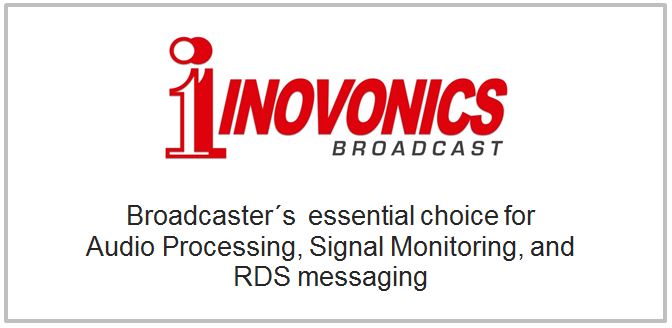Standards Supported
European CENELEC and United States NRSC standards supported
through appropriate software versions.
RDS Groups Supported
-
Static Mode: 0A, 1B, 2A, 6A, 15B
-
Dynamic Mode: 1A, 1B, 2A, 4A, 6A, 10A, 15A, 15B
Applications Supported
PI, PS, PTY, TP, AF, TA, DI, M/S,PIN, RT, IH, CT
Composite Loop-Through Level
Unity-gain; 1V-10Vp-p, relative to 100% (±75kHz) carrier modulation.
Unbalanced-bridging, 600-ohmterminating, or 75-ohmterminating;
selected by internal jumpering.
Composite Output
“Zero-impedance” voltage source, 75-ohm source impedance, or 600 ohm source impedance; selected by internal jumpering.
RDS Subcarrier Injection Level
Continuously adjustable between 1% and 10% of total carrier modulation.
Remote Data Frame Selection
Encoder accepts TTL logic, NPN transistor saturation, or switch
contact closure to ground to add selected frame(s) to the autosequence routine.
Dynamic Data Interface
The 1-byte-wide parallel data bus (DB-25 connector) may be cabled
directly to the LPT (parallel) port of an IBM-compatible computer
for dynamic, on-line control of the 710 Encoder.
Power Requirements
105–130VAC or 210–255VAC, 50/60Hz; 15 watts
Size and Weight
1¾”H x 19”W x 7”D (1U); 7 lbs (shipping)
